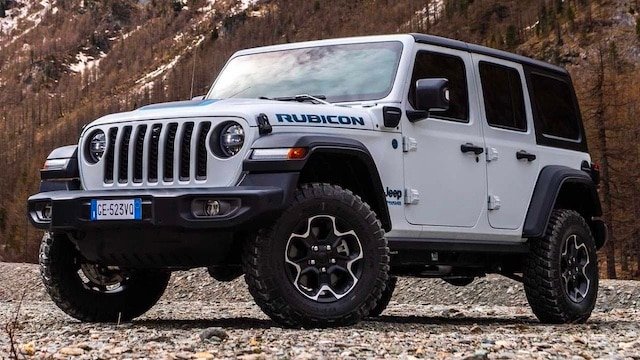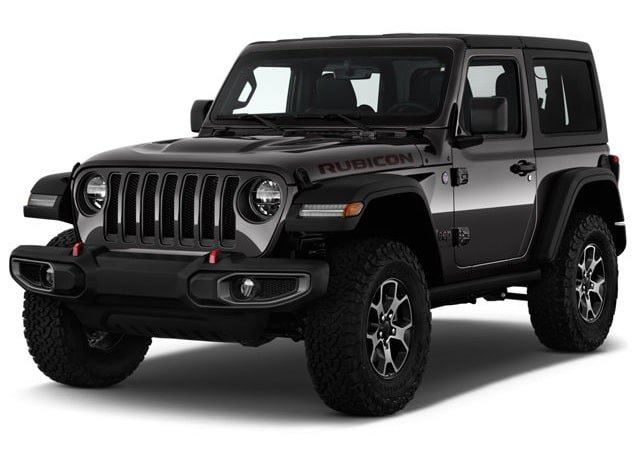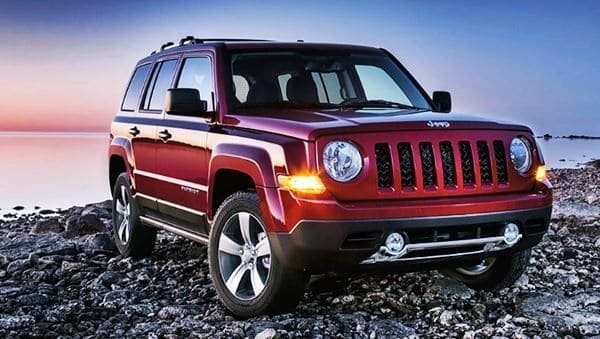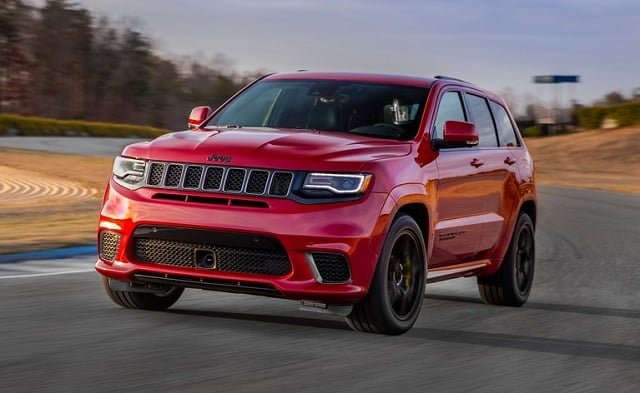So you’re about to drive your car to work or your kids to school in the bone-ch8illing cold, and you just noticed that your Jeep Wrangler Heater wouldn’t pick up. This could be a big problem if you’re stuck in the freezing cold and need some warmth urgently.
However, this is probably the first time you’ve tried out that Jeep Wrangler Heater in ages so it is possible that you missed out on a few maintenance tips.
Whatever the cause or problem with your Jeep Wrangler’s heater, you should be able to find the fix in this guide.

Jeep Wrangler Heater Not Working: Most Likely Causes
The heating process is meant to heat your car’s interior and make you feel warm. This heat is actually generated by the engine. When your Jeep reaches its standard temperature, the thermostat opens allowing the coolant from the cooling system to flow through the engine, thereby removing heat which is sent into the radiator and then moved into the heater core. From there, the heat is then distributed to the Jeep.
If your Jeep Wrangler Heater is not working, that means that this process has failed in one way or another.
There are many reasons why the heater would stop working or would not work properly, and most of them are listed below.
- Bad coolant hoses or loose clamps
- Radiator leak
- Faulty radiator cap
- Low coolant levels
- Defective thermostat
- Presence of air lock
- Issues with the blower fan
- Defective thermostatic switch
- Clogged heater core internal passages
- Clogged heater core exterior
- Faulty heater valves
- Faulty water pump
Jeep Wrangler Heater Not Working: How to Fix
The engine coolant (antifreeze) helps to reduce the risk of overheating but will also prevent your vehicle from giving off enough heat. Low coolant levels meant that there won’t be enough or any coolant in the heater core, thus, the motor blower motor won’t be able to push warm hair into the cabin.
This is one of the easiest issues to fix.
To get it fixed, you would have to simply refill the engine coolant overflow bottle to the designated level. It is important that you know the type of coolant used by your vehicle.
Older models up till 2012 feature HOAT-type (Hybrid Organic Acid Technology) while newer models from 2013 make use of OAT (Organic Acid Technology). It is not recommended that you mix both types.
If you’re unsure of which type your Jeep Wrangler uses, then you should check your VIN on the Jeep website to get some help. However, you can always check the market for universal coolants that are designed to work with all types. Also, ensure that the coolant added is a 50/50 blend with distilled water or you can mix it yourself to make the perfect blend.
It is also important that you avoid adding concentrated coolant into your overflow bottle. Before adding coolant, you should check your car information to ensure you’re doing the right thing or get a universal-type coolant. These two options would help you solve any problem with your vehicle’s heater problem.
Lastly, you should never attempt to add coolant or remove the radiator cap while the engine is hot or under pressure or you risk scalding yourself. Wait till it is cool before doing so.
Flush the Heater Core Internal Passages
The heater core operates like a small radiator built into the dashboard. It is engineered to gather heat from the warm coolant that moves through it.
Over time, its narrow passages can become clogged from contaminants like rust particles that can build to levels that would affect the overall functioning of the heater system. This usually happens when the coolant isn’t replaced or the cooling system doesn’t get flashed in a long while.
To remedy this, you would have to take the car to a mechanic and have them flush the heater core’s passages. If this doesn’t solve the problem, then you might have to consider getting a replacement heater core.
Clean the Heater Core Exterior
On the exterior of your heater core, you will come across the heat-radiating fins that could get clogged with debris coming from the outside air intake at the base of the windshield. This could hamper the heater’s output.
This problem has a simple solution that requires cleaning the fins and the air intake passages to allow for proper air intake and heat production.
Fix the Heater Valves
The heater valves are designed to control the heat output of the heater core. Depending on the system, they can be mechanical or vacuum-operated, possibly using a rotary knob you can turn or electronic using electronic climate control systems with temperature settings. If the heater valve gets stuck in the closed position, this will prevent heat from entering the cabin.
Mechanical or vacuum-operated could be repaired and any defective component can be replaced. If your Ford Edge heater makes use of an electronic valve, fixing could be more complicated. That’s because they are usually integrated with the car’s air conditioning system. Your mechanic would have to troubleshoot the system to isolate the cause before fixing it.
Check the Blower Fan
Blower fan issues could easily be the cause of heater problems. If the heater fan isn’t working as it should, you won’t get much heat circulating into your vehicle. The problem here could be as simple as a blown fuse, a wiring issue, or the blower fan needs to be replaced.
You can check the fuse and replace it if blown, however, you might need to get your mechanic to take a look at it if it is more complicated than that.
Wrap-up
Since there are a bunch of reasons and lots of fixes to the Jeep Wrangler Heater not working, you might have to spend a lot of time trying to isolate the problem and even longer trying to get it fixed. If you haven’t used your car heater in a long time and you have zero technical knowledge, it would be best to allow your mechanic to do it to save you time and stress rather than be a DIYselfer.






